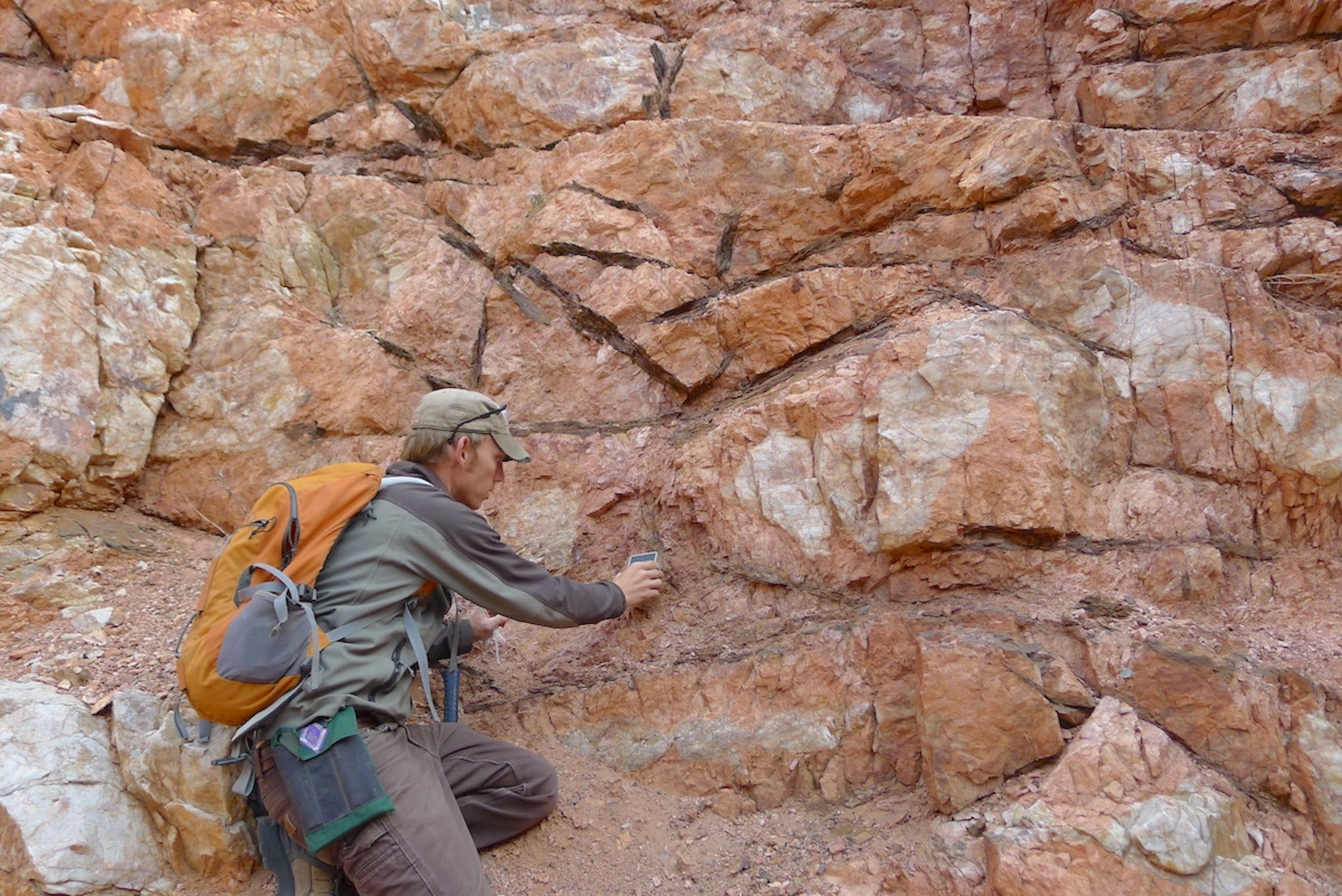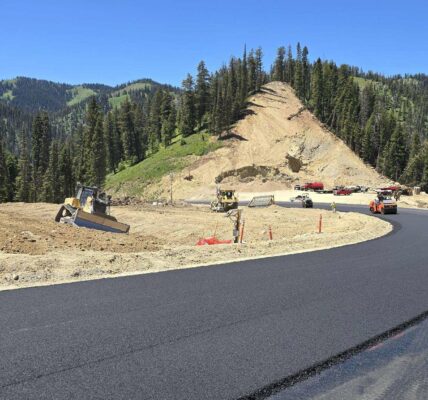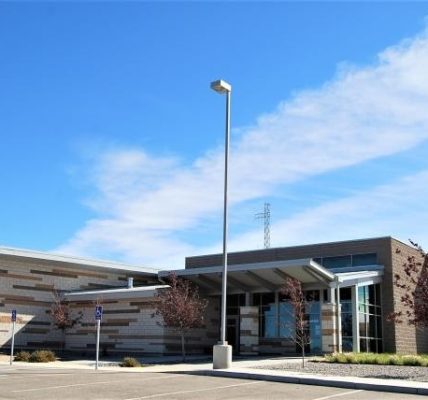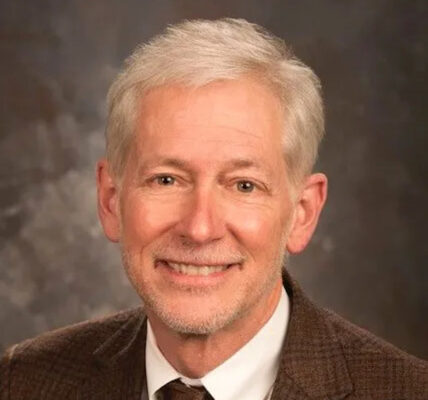
• Recent industry claims of large rare earth deposits boast of a potential new mining industry worth billions of dollars.
By Dustin Bleizeffer, WyoFile.com
There’s a lot of hope, and maybe some hype, for commercial-scale rare earth element mining in Wyoming, which is home to one of the largest proven high-concentrated deposits in North America.
That interest comes at a time of increasing demand for rare earths, which are essential components for modern technologies but are mined almost exclusively outside the U.S. If the hope becomes reality, it could mean a potential new, billion dollar mining industry for Wyoming.
The Bear Lodge deposit near Sundance is perhaps the best prospect for commercial-scale production today, according to the Wyoming State Geological Survey. It is the most analyzed rare earth element deposit in the state, containing cerium, lanthanum, neodymium, and praseodymium — valuable elements for their magnetic qualities, according to state sources.
Rare Element Resources has already mined and set aside several tons of rare earth element-bearing ore there and will begin construction this year on a “demonstration” processing plant near Upton. The new processing facility is backed by a $22 million Department of Energy grant as well as $4.4 million from the state’s Energy Matching Funds program.
On the promising but still perhaps speculative side, American Rare Earths recently issued a technical report suggesting commercial concentrations of rare earth elements at its Halleck Creek property in the Laramie Range foothills west of Wheatland, as well as “significant potential” for a deposit at its Beaver Creek holdings in the southern Bighorn Mountains.
The most eye-popping rare earth claim in Wyoming, though, comes from Ramaco Resources.
In May, the Lexington, Kentucky-based company announced that chemical analysis of coring samples at its Brook coal mine outside Sheridan indicated a potential for more than half a million tons of rare earth oxides. Then in August, the company doubled its “exploration target” estimate to 1.2 million tons — a potential commercial play worth some $37 billion, according to the company.
Since the announcement, Ramaco CEO Randall Atkins has made the rounds on television shows and in business journals describing the potential at its Brook coal mine as a “10-year overnight sensation” that could, over several years, finally give the U.S. a competitive foothold in the global rare earth element market that China dominates.
“Coal might be a solution to a number of problems including, obviously, the rare earth situation in the United States,” Atkins told CNBC in November.
There are skeptics and differing opinions, however, regarding the commercial viability of producing and processing rare earth elements from the coal and clays at Ramaco’s Brook mine, which is regarded as an “unconventional” rare earth element target.
Rare opportunities
Rare earth elements occupy a special 17 spots on the periodic chart. Not only are they rare — at least in concentrated deposits — they’re highly valuable. They’re vital components for high-tech uses — military lasers, industrial magnets and batteries, for example — and a lot of technology that’s commonplace in everyday lives, like televisions, cell phones and computer screens.
These metallic, modern technology building blocks are in increasing demand, not only to meet needs in daily life, but for national security and the growing renewable energy sector, according to the Department of Energy.
Currently, China dominates the rare earth element market in both production and processing. In response, the Biden administration has directed the Department of Defense to support a $35 million effort to deploy rare earth processing for the nation’s only active rare earth mine at Mountain Pass, California, and another $700 million to launch a national processing chain for rare earth magnetics.
The Biden administration also wants to entice exploration of unconventional rare earth sources — specifically, coal. The bipartisan Infrastructure Investment and Jobs Act includes more than $17 million to support efforts to extract these elements from coal and coal byproducts such as coal ash. Though Wyoming was not among the three states initially targeted in the effort, state leaders say Wyoming — the nation’s largest coal producer — is primed to play a key role in the federal initiative.
Despite Wyoming’s proven and potential rare earth deposits, and federal and state interest in examining coal’s potential, there’s a lot more to consider at the onset. Specifically, the cost of permitting and building a mining operation from scratch. That’s where Ramaco intends to exploit its advantage at the Brook coal mine, which it purchased in 2011, despite its vastly lower concentrations of rare earth elements compared to the hard-rock targets at Bear Lodge, the Laramie Range and Bighorn Mountains.
Conventional and unconventional
When it comes to assessing rare earth element deposits and their commercial viability, mining companies typically look at the value of the individual rare elements that are present and, more generally, their overall concentration.
Despite what the name implies, “rare earth” elements aren’t that rare. They exist all over the earth’s crust, but rarely in concentrations worth mining and processing. The average rare earth element concentration for all rocks on the earth’s surface is 180 to 200 parts per million. The commercially viable threshold is about 1,000 ppm and above, or a “total rare earth oxide” concentration of about 0.1% per ton of rock.
At Bear Lodge, geologists have identified 16.3 million tons of host rock with an average concentration of 30,500 ppm, or 3.05% per ton, according to Rare Element Resources and the State Geological Survey. There are another estimated 32 million tons of host rock with a concentration of 2.58%. Those are “very good” concentrations that should prove commercially viable, said geologist Patty Webber of the Geological Survey.
At Halleck Creek, American Rare Earths has reported 2.3 billion tons of host rock with an estimated average concentration of 3,195 ppm or 0.32% per ton.
All of these findings track with what the Geological Survey knows about where rare earth elements might be found in Wyoming. The reported findings at the Brook coal mine, however, are regarded as preliminary, State Geologist Erin Campbell said. Ramaco, based on initial testing by the National Energy Technology Laboratory and analysis by Weir International, suggests that clays co-mingled with coal, and around the coal seams might have a concentration of up to 307 ppm.
While lower than the commercially viable 1,000 ppm for hard-rock sources, 307 ppm is still considered marginally economic for a clay resource, because it’s likely cheaper to process the rare earth elements from clays, according to the Geological Survey. Ramaco’s advantage is in having an existing permit to mine coal and existing industrial infrastructure to earn revenue by co-producing coal and rare earth deposits.
“So that changes the viability” of a potential commercial project, Webber said.
One of the challenges, however, is that rare earth concentrations in coals and clays, according to testing elsewhere in the state, tend to be scattershot.
“There doesn’t seem to be much homogeneity in coal deposits, so there’s a ton of variation in concentrations,” Webber said.
Similarly, a 2016 Geological Survey suggests that rare earth concentrations in Wyoming coal ash are low.
“Although REEs [rare earth elements] will concentrate in residual waste products derived from coal combustion,” according to the report, “the low amounts typically found in Wyoming coals combined with processing and transportation factors do not indicate economic potential for the extraction of REE from the coal under current conditions.”
The University of Wyoming School of Energy Resources, however, continues to examine the potential for rare earth elements in coal and coal ash.
Wyoming is gunning for rare earth exploration
There are also permitting challenges specific to mining and processing rare earth elements. Because they contain radioactive byproducts — uranium and thorium — an operator typically must obtain a permit from the Nuclear Regulatory Commission.
The Wyoming Legislature, however, in 2022 passed a law allowing the Department of Environmental Quality to apply for primacy over federal permitting — a move that could speed up and lower the cost of permitting.
Both the state and federal governments want to encourage more rare earth exploration, Campbell said, not only to increase the nation’s supply, but for the potential to supplement jobs and revenue lost to the declining coal industry.
The Geological Survey has been conducting aerial magnetic surveys over southern portions of the Wind River Range, Granite Mountains and the Semino and Ferris mountains in central Wyoming, and has identified many previously unexamined outcroppings that could hold promise for rare earth elements and other minerals, Campbell said.
“So we do the basic groundwork and then release it to the public so that companies can get a sort of a hint of an area they’d like to look at further,” Campbell said. “I do think that Wyoming is currently poised quite well, relative to other states, in terms of having some good public data available, especially with the new airborne geophysical surveys that are being flown over the state.”
WyoFile is an independent nonprofit news organization focused on Wyoming people, places and policy.





